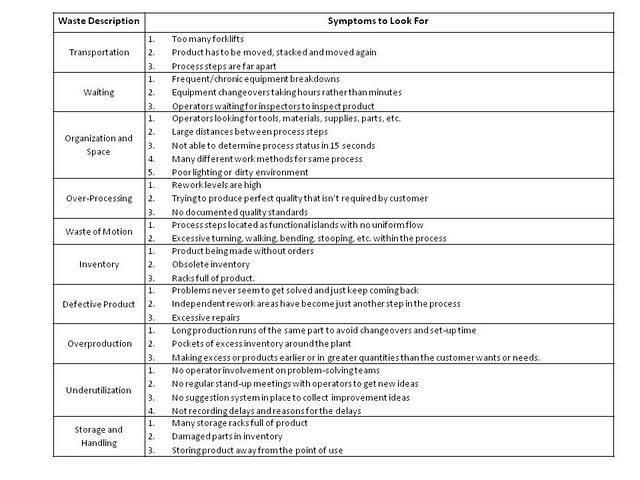In DBR, the drum is the constraining resource and the pace of the drum sets both the priority and work schedule for your process. The buffer is the time placed in front of both the constraint and shipping to protect the due dates for both. Our ability to meet these two due dates is dependent upon two things:
1. We must make certain that the buffer is large enough to accommodate all of the uncertainties (Murphy) that rear their ugly head and chew away at our buffer so that our schedule is achieved.
2. We must make certain that the release of raw materials is done on time to guarantee that the constraint is never starved and that the shipment date is never compromised.
The rope is the length of time needed to complete the processes that are in front of the drum. It is the signal sent to the beginning of the process to release raw materials on time. So let’s talk about how we calculate these buffers.
Although this may sound overly simplistic, proper buffer sizing only occurs by monitoring it. By that I mean if parts are always arriving in the green and yellow zones, then the buffer is most likely too big. Conversely, if the parts are always in the yellow and red zones, then the buffer is most likely too small. Goldratt has suggested that an initial buffer size can be calculated by taking one-half of the current lead time and dividing that time between the constraint buffer and the shipping buffer. This initial buffer size can then be adjusted up or down depending upon when the parts are arriving. Another way of saying this is, if you are always in the expediting mode, then your buffer is too small. If you are never expediting, then your buffer can be reduced. This attention to buffers is referred to as buffer management.
Each open work order or production batch will have a buffer status that we can calculate. For example, based upon the buffer status we can relate the color code to a percentage of buffer consumed as follows:
1. Green Orders: If the buffer status is greater than 67%, then there is still plenty of time to complete it so no expediting is ever required.
2. Yellow Orders: If the buffer status is between 33 and 67%, then disruptions have occurred and there is a risk that any additional disruptions might cause the order to be late, but there is still ample time so no expediting is needed. However, it will be important to track this order more closely than normal.
3. Red Orders: If the buffer status is less than 33%, then any further disruption will definitely result in a late order. Therefore, close scrutiny of this order is required and the probability of the need for expediting is very high.
It is important to understand that buffer status changes with time and as time moves forward, the buffer status may change. I recommend, at a minimum, that buffer status be checked at least once per shift and that a quasi FIFO priority system be used with red orders being first, followed by yellow orders and then green orders.
Using color codes offers another advantage in that if records are kept as to why orders consistently fall into a yellow or red zone, then an opportunity for improvement exists. If a repeating root cause exists, then solving that problem will provide the opportunity to reduce the overall lead time which translates into a competitive advantage for your company.
Figure 1
The three main elements of DBR are:
1. A shipping schedule which is based upon the rate that the constraint can produce orders (i.e. Throughput)
2. A constraint schedule which is tied to the shipping schedule.
3. A material release schedule which is tied to the constraint schedule.
Visually these three elements might look like the Figure 1 displaying the three elements and the interconnectedness of each. You will notice that in addition to the constraint and shipping buffer, there is a third buffer, the assembly buffer. I included this in the event that your process involves an assembly that requires the constraint part before it is completed. That must be accounted for as well if part of your process includes assembly.
In my next blog we will complete our discussion of Drum-Buffer-Rope and move on to the next step in the Ultimate Improvement Cycle.



